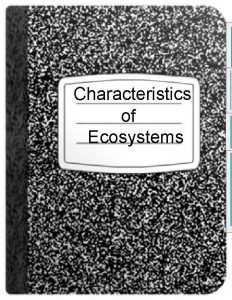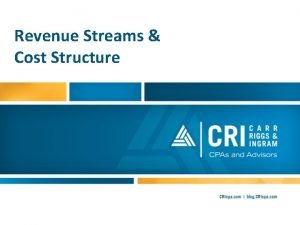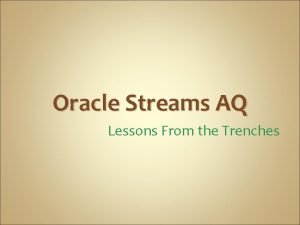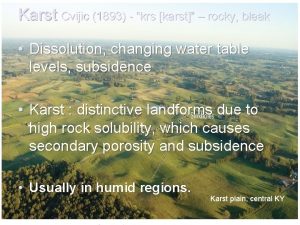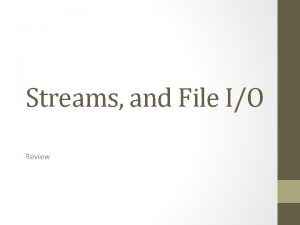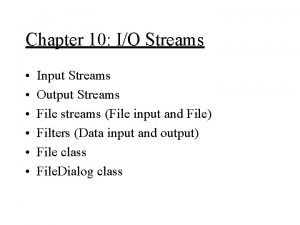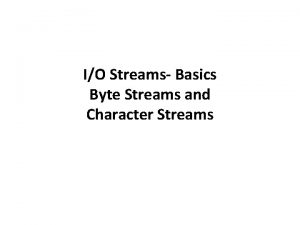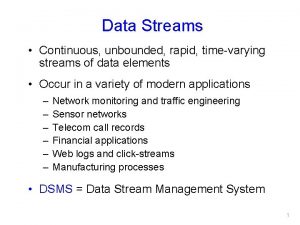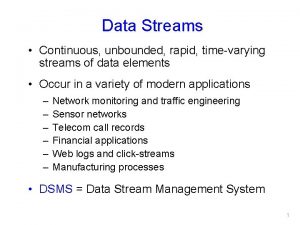StreamOriented Communication Support for continuous media Streams in







- Slides: 7

Stream-Oriented Communication • Support for continuous media • Streams in distributed systems • Stream management 02 – 36 Communication/2. 5 Stream-Oriented Communication

Continuous Media Observation: All communication facilities discussed so far are essentially based on a discrete, that is time independent exchange of information Continuous media: Characterized by the fact that values are time dependent: • Audio • Video • Animations • Sensor data (temperature, pressure, etc. ) Transmission modes: Different timing guarantees with respect to data transfer: • Asynchronous: no restrictions with respect to when data is to be delivered • Synchronous: define a maximum end-to-end delay for individual data packets • Isochronous: define a maximum and minimum end-to-end delay (jitter is bounded) 02 – 37 Communication/2. 5 Stream-Oriented Communication

Stream (1/2) Definition: A (continuous) data stream is a connection-oriented communication facility that supports isochronous data transmission Some common stream characteristics: • Streams are unidirectional. There is generally a single source, and one or more sinks • Often, either the sink and/or source is a wrapper around hardware (e. g. , camera, CD device, TV monitor, dedicated storage) Stream types: • Simple: consists of a single flow of data (e. g. , audio or video) • Complex: multiple data flows (e. g. , stereo audio or combination audio/video) 02 – 38 Communication/2. 5 Stream-Oriented Communication

Stream (2/2) Issue: Streams can be set up between two processes at different machines, or directly between two different devices. Combinations are possible as well. 02 – 39 Communication/2. 5 Stream-Oriented Communication

Streams and Qo. S Essence: Streams are all about timely delivery of data. How do you specify this Quality of Service (Qo. S)? Make distinction between specification and implementation of Qo. S. Flow specification: Use a token-bucket model and express Qo. S in that model. 02 – 40 Communication/2. 5 Stream-Oriented Communication

Implementing Qo. S Problem: Qo. S specifications translate to resource reservations in underlying communication system. There is no standard way of (1) Qo. S specs, (2) describing resources, (3) mapping specs to reservations. Approach: Use Resource re. Ser. Vation Protocol (RSVP) as first attempt. RSVP is a transport-level protocol. 02 – 41 Communication/2. 5 Stream-Oriented Communication

Stream Synchronization Problem: Given a complex stream, how do you keep the different substreams in synch? Example: Think of playing out two channels, that together form stereo sound. Difference should be less than 20– 30 µsec! Alternative: multiplex all substreams into a single stream, and demultiplex at the receiver. Synchronization is handled at multiplexing/demultiplexing point (MPEG). 02 – 42 Communication/2. 5 Stream-Oriented Communication



